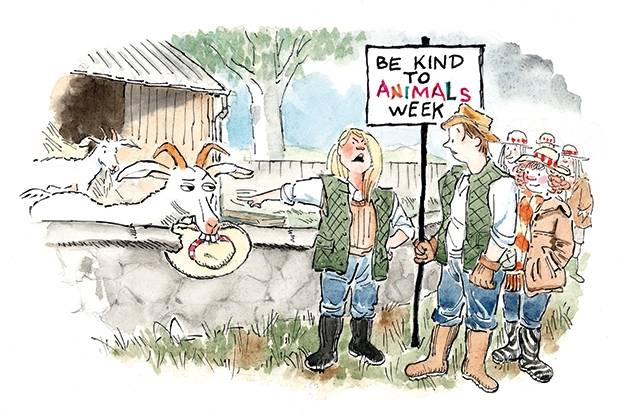‘Yee-ha!’ is the triumphant shout from a riding school in south London, where Hamza, a teenage boy, has just completed a gymkhana exercise in a faultless rising trot. He takes a hand off the reins and makes lassoing motions in the air to emphasise his point.
Hamza is wearing his school shirt and jumper (tie neatly rolled in a cubby hole in the tack room) above tracksuit trousers and borrowed riding boots. The sand-covered riding school has been built between the tower blocks of the Barrington Road estate and the railway line between Brixton and Loughborough Junction.
Lambeth is one of the poorest boroughs in London: 32 per cent of pupils qualify for free school meals, against a national average of 16.3 per cent. The borough has 103 schools and not a lot of space to spare. Which is why, on a Thursday morning, Darnell, Hamza, Gary, Lucy and Katerina, all from Landsdowne School, a special-needs secondary between Brixton and Stockwell, have decamped to the Ebony Horse Club under the railway arches. The club teaches children from local state schools to muck out and tack up, mount and dismount, tighten a girth and — as Hamza neatly demonstrated — master a rising trot.
A growing number of inner-city schools are finding ways to bring a bit of rus into the urban environment. If a village school has a garden, a chicken coop and half a dozen stables, why shouldn’t an inner-city academy? There may be room for goats behind the bike sheds, chickens in a corner of the playground and beehives beyond the basketball hoops. Gateacre School in Liverpool has a wildflower meadow in the Year Seven yard.
At Charlton Manor Primary School in Greenwich, pupils have helped keep bees for six years.









Comments
Join the debate for just £1 a month
Be part of the conversation with other Spectator readers by getting your first three months for £3.
UNLOCK ACCESS Just £1 a monthAlready a subscriber? Log in